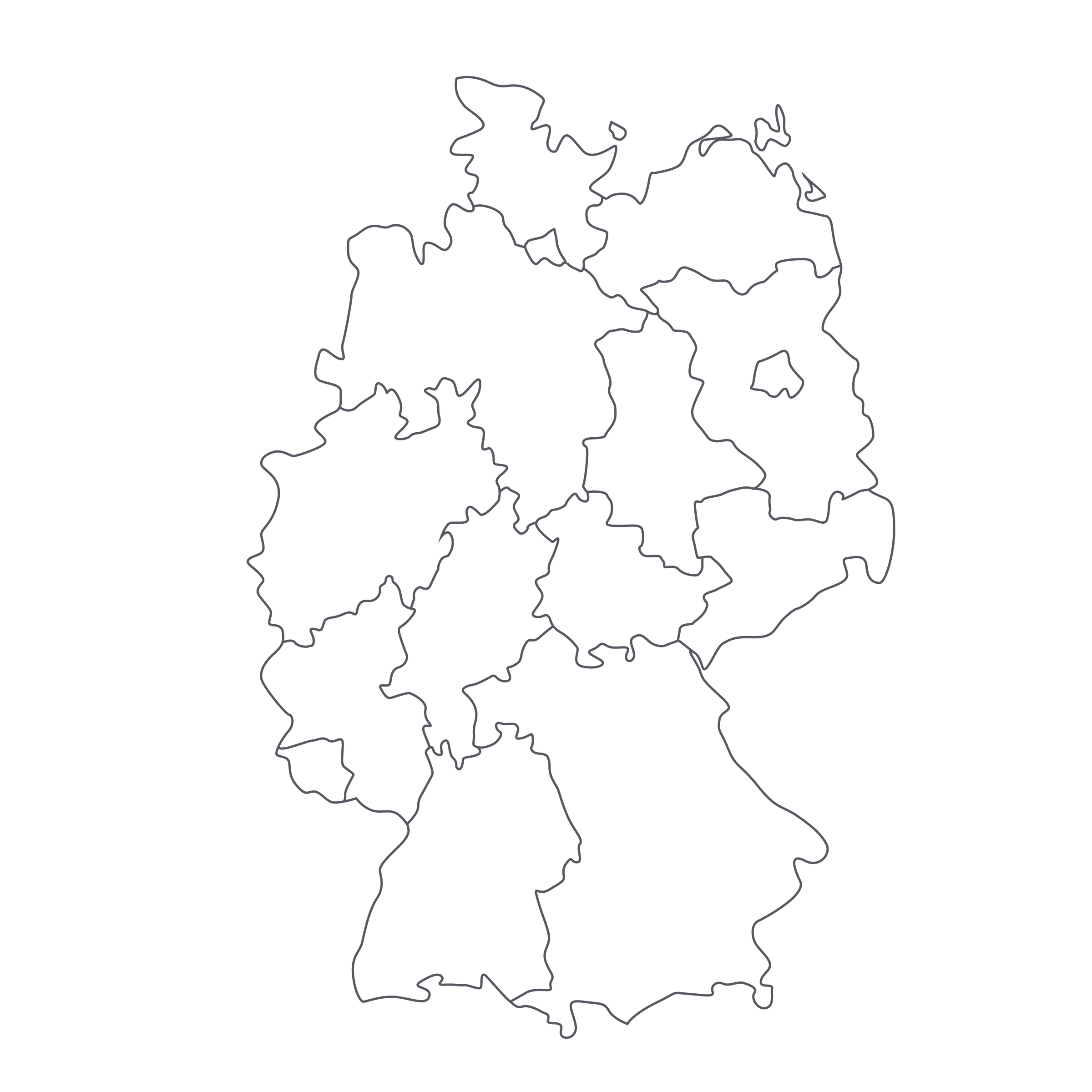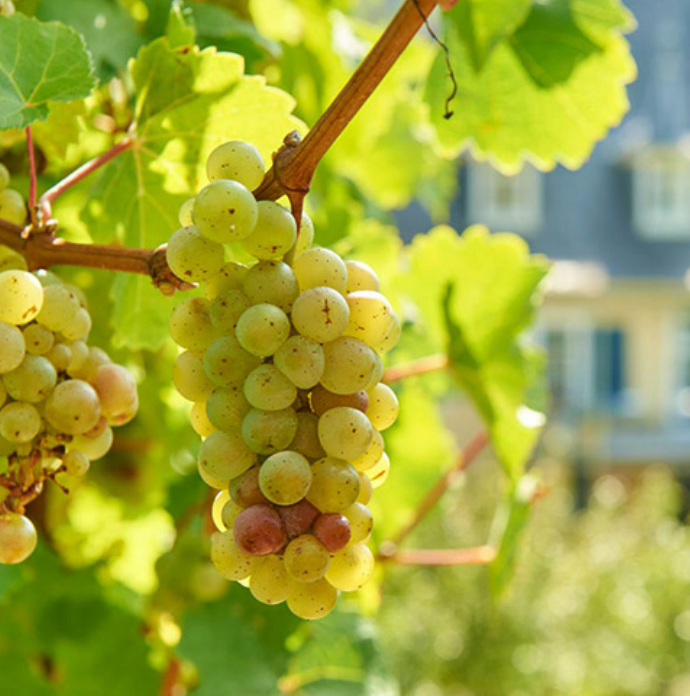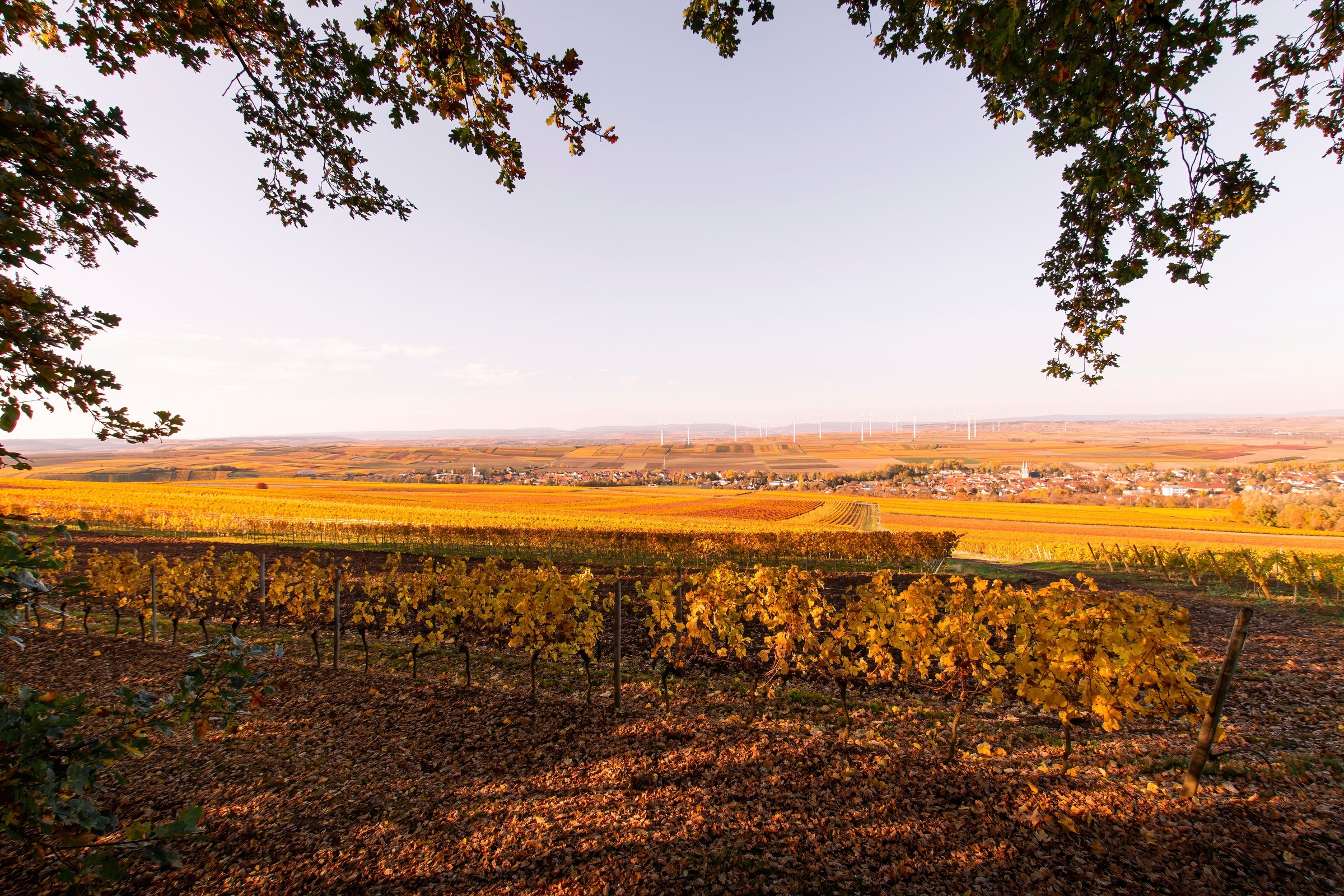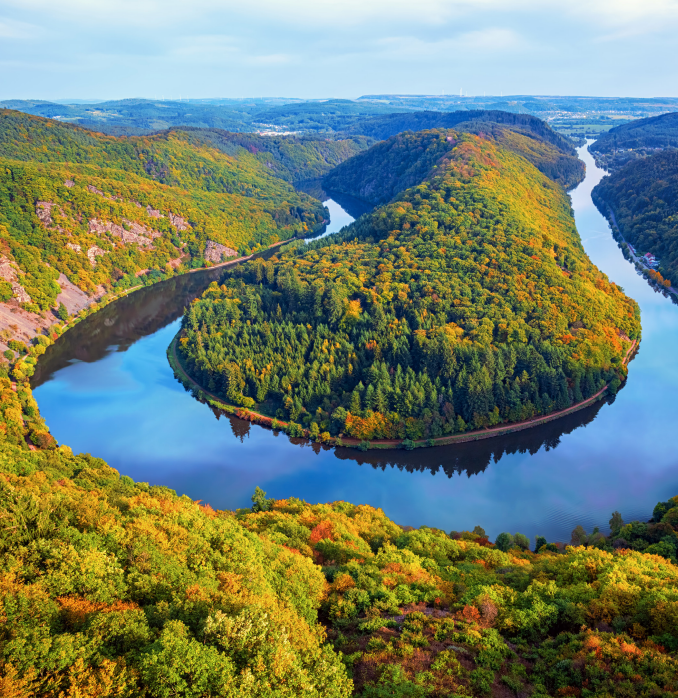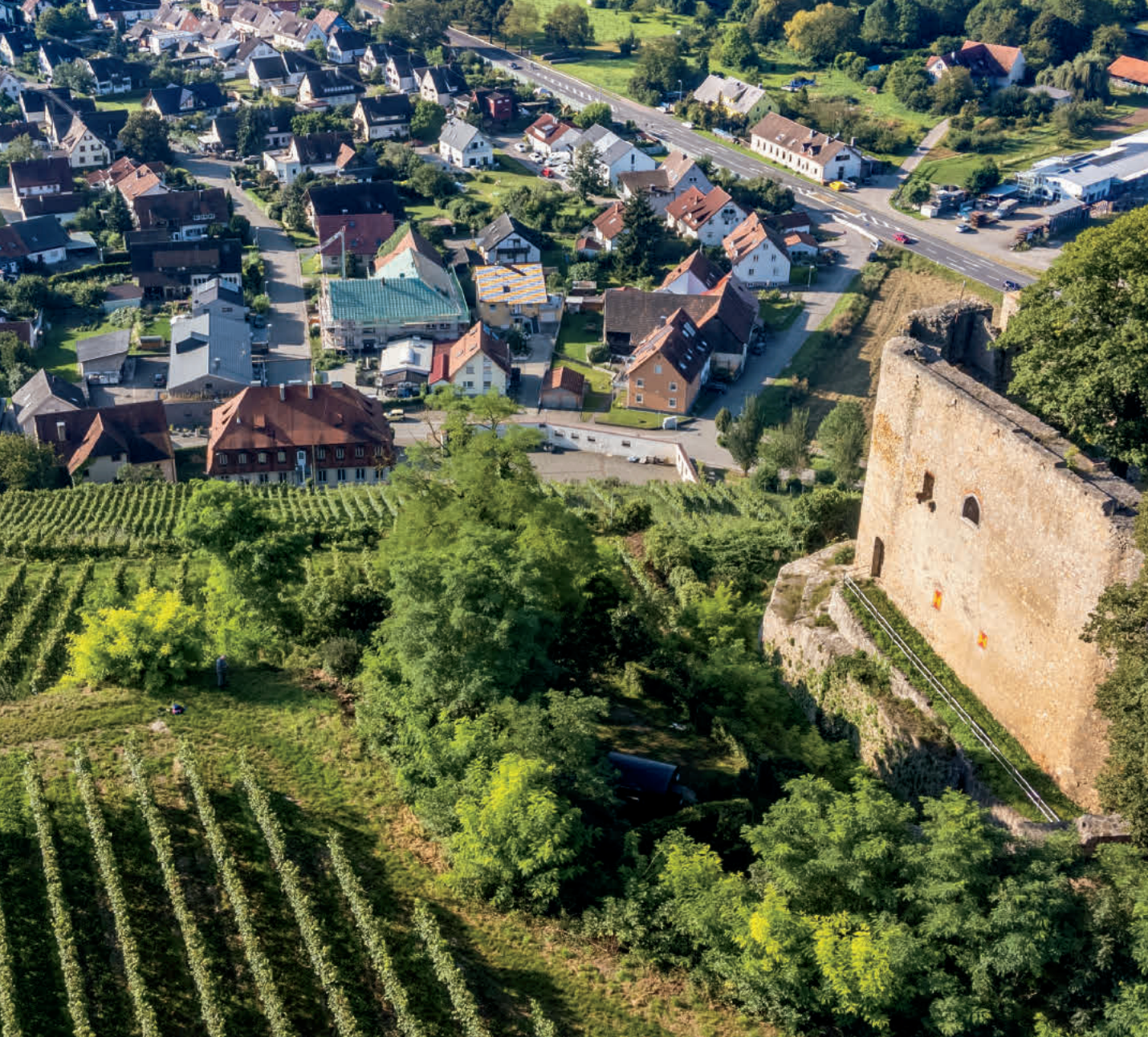Words just can’t do it justice: The simplest and most impactful way to understand why sommeliers love top-tier German Riesling is to pull the cork on this bottle and pour a glass. Yes, German wines are catnip to wine geeks because of all the exhaustive detail on their labels, but it’s the sensual, not the intellectual, aspect that chisels a wine like this into white wine’s Mount Rushmore.
The prismatic aromatics and saturated fruit of Riesling from a Grosse Lage (grand cru vineyard), combined with an equally profound mineral imprint, has no peer in the world of wine—and, within the German Riesling universe, the Mosel is arguably the pinnacle. If you think all this dramatic buildup is a little much, you probably haven’t tried anything from the centuries-old Karthäuserhof estate, which has been perched near the confluence of the Ruwer and Mosel Rivers since the 11th century. The estate’s contiguous, 19-hectare vineyard is both a monopole (sole ownership) and a best-in-class site, and for all its history as a producer of traditional pradikat-designated wines, with their varying levels of residual sweetness, Karthäuserhof has also become one of the most widely acclaimed producers of dry Riesling in all of Germany. What I’m getting at here is that this trocken is absolutely rockin’—as complete a white wine experience as one could ever hope to have. This is elite, collector-grade wine, poised to age for decades, and it’s still priced within reach. What’s not to love?
Let’s jump right into the labeling conventions, to get that out of the way: “Eitelsbacher Karthäuserhofberg” is an extremely syllable-rich way of saying that the wine is from Karthäuserhof’s vineyard in Eitelsbach. The name, Karthäuserhof, translates to “Farm of the Carthusians” and its rich history dates to the 11th century when it was first established as a Carthusian monastery. More recently, however, the past six generations of winemaking have belonged to the same family, with legendary Christoph Tyrell overseeing operations since 1986 (he won winemaker of the year in 1997). Peppered with ancient trees and an impressive manor house, the lay of the land here feels sequestered from the frenetic rush of today’s world. Eitelsbacher Karthäuserhofberg sits along a stretch of the Ruwer that contains a number of other brand-name vineyards familiar to serious Riesling geeks, including “Kaseler Nies’chen,” “Herrenberg,” and “Abstberg.”
Karthäuserhof bills itself as the “eight oldest winegrowing estate in the world,” and with all its vineyard land contained in one place, Christoph Tyrell can exercise fanatical control over the growing and harvesting process. A relatively recent (and taxing) adjustment was the decision to remove every third row of vines, which increased airflow and sun exposure. And although they lost vines, it ultimately yielded a better crop. With most vines on their original rootstock, they are sunk deep in sharply inclined hillsides filled with Devonian slate and iron. Organic farming is practiced, and, instead of pesticides, pheromones are applied to keep insects at bay. Post-harvest, as many as 60 different batches of grapes are vinified separately in enameled stainless steel tanks and a final blend is created before a brief respite in their vaulted stone cellars.
The Karthäuserhofberg vineyard faces south-southwest, climbing to nearly 300 meters of altitude and featuring grades as steep as 55 degrees. Riesling from the estate’s Grosse Lage-classified vines, including some from a 70-year-old parcel called “Kronenberg,” were hand-harvested and fermented on ambient yeasts in temperature-controlled stainless steel. After a short period of aging in tank on its fine lees, the wine was bottled in August 2019. Because this is from a Grosse Lage (aka German Grand Cru vineyard), and it was fermented dry—as well as passing many other strict requirements—they were able to slap the Grosses Gewächs designation on their label; the highest, most elite tier for dry Riesling.
The result is a tour de force. Displaying a brilliant, reflective straw-yellow core moving to a green/silver rim, this wine takes flight after it has had a chance to breathe some air (I’d give it a 30-minute decant before serving). The intense nose greets you with green mango peel and peach pit, lime zest, lemon blossom, and white cherry. Thanks to old vines and an ancient terroir, classic Mosel notes are abundant: wet slate, crushed rock, petrol, and raw agave nectar. The palate very much confirms the nose, while unveiling the weight behind the wine. It is a bone-dry, high-acid, medium-plus-bodied masterpiece with a rich mouthfeel. Serve it around 50 degrees in large all-purpose stems (or even red wine stems) and pair it with grilled pork and vermicelli with a finely chopped assortment of herbs and vegetables for dressing up. I know I’m not alone when I say that this is one of the pairings I live for. It never gets old—and, frankly, I’ll bet the same ends up being true of this wine! Cheers!
